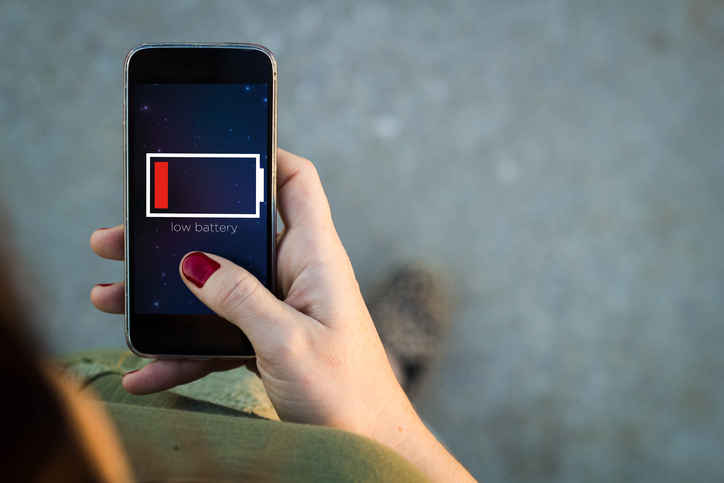
Source: iStock
Today’s electronics consumers all have one thing in common: a desire for smartphones and other portable devices to have longer battery lives. Researchers from the University College Cork are looking to deliver just that with a new development that extends the cycle life of the lithium-ion battery to near record-length by using a key ingredient found in sunscreen.
The method, developed by ECS member and vice chair of the Society’s Electronics and Photonics Division, Colm O’Dwyer, and past members David McNulty and Elaine Carroll, uses titanium dioxide, which is a naturally occurring material capable of absorbing ultraviolet light.
When titanium dioxide is made into a porous substance, it can be charged and discharged over 5,000 times – or 13.5 years – without a drop in capacity.
“This 3D arrangement of nanoparticles of the rutile phase of titanium dioxide is called an ‘inverse opal’ and is formed by infilling artificial opals made in the laboratory, with the active battery material. Inverse opal structures are naturally found in nature,” the researchers said in a release. “These periodically porous structures make up the colorful, iridescent parts of butterfly wings, peacock feathers, the exo-skeletal structures of weevils, and the sea mouse, to name a few. By creating porous materials in an ordered fashion, nature provides new functionality. The team at UCC adapted this approach to investigate electrochemical phenomena – in this case, high performance lithium-ion battery materials.”
Learn more about the research, “Rutile TiO2 Inverse Opal Anodes for Li-Ion Batteries with Long Cycle Life, High-Rate Capability, and High Structural Stability.”

